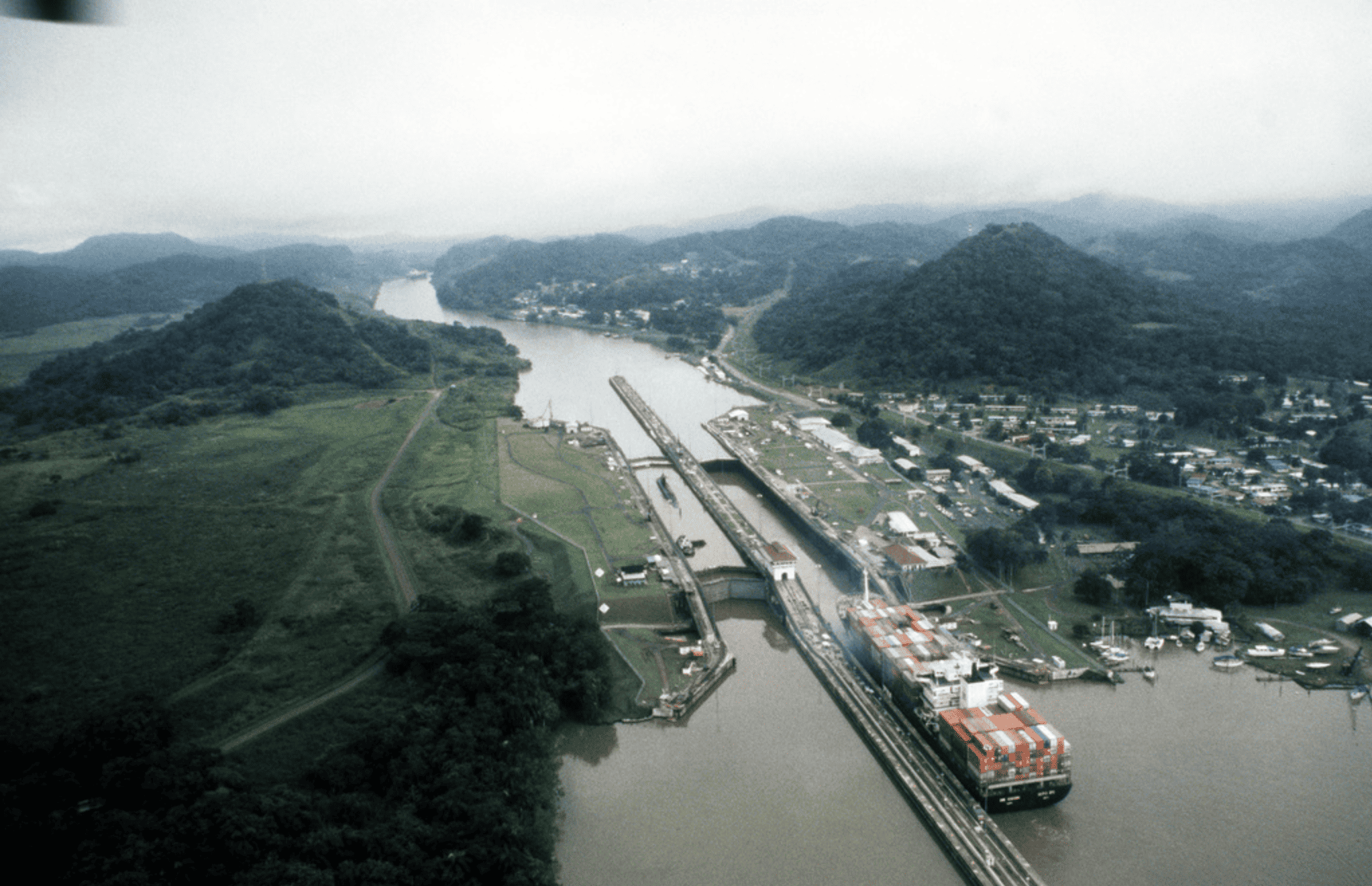
The Panama Canal – which sees more than 14,000 ships a year transit through its waters – is rapidly becoming the new face of climate change as drought threatens to restrict the essential trade route.
Opened in 1914 in a bid to circumnavigate the treacherous journey around South America, the canal has become an essential part of the global supply chain, shortening trips between the Atlantic and Pacific oceans by more than 8,000 miles.
But now, climate change is threatening the route.
Ricaurte Vásquez Morales, the administrator of the Panama Canal, issued a stark warning as the worsening drought creates traffic issues for ships transiting the Central American nation, likely to be one of the recurring main shipping news stories of 2023.
“We could not have predicted exactly when the water shortage would occur to the degree that we are experiencing now”, he said, adding that while water shortages used to be a once in five year issue, they are now occurring once in three.
The Panama Canal requires 200 million litres of water to allow the passage of a single vessel along the canal, water that is largely generated from Lake Gatun in the centre of the waterway, which is drying up fast.
“The current conditions are creating an unprecedented drought, and thus far has produced the driest year on record since 1950,” a release from the canal’s administrator stated.
What makes this year’s dry spell more concerning is that meteorologists are forecasting the imminent onset of El Niño, a weather pattern that typically brings drier-than-normal conditions across much of Central America.
It has already threatened the production of coffee, cookies, and chocolate, and could add to already high inflation levels if trade is disrupted.
Although it’s unlikely to create anything like the Suez Canal debacle, experts say.
Related: Rainbow coalitions see Tories locked out of power following local elections